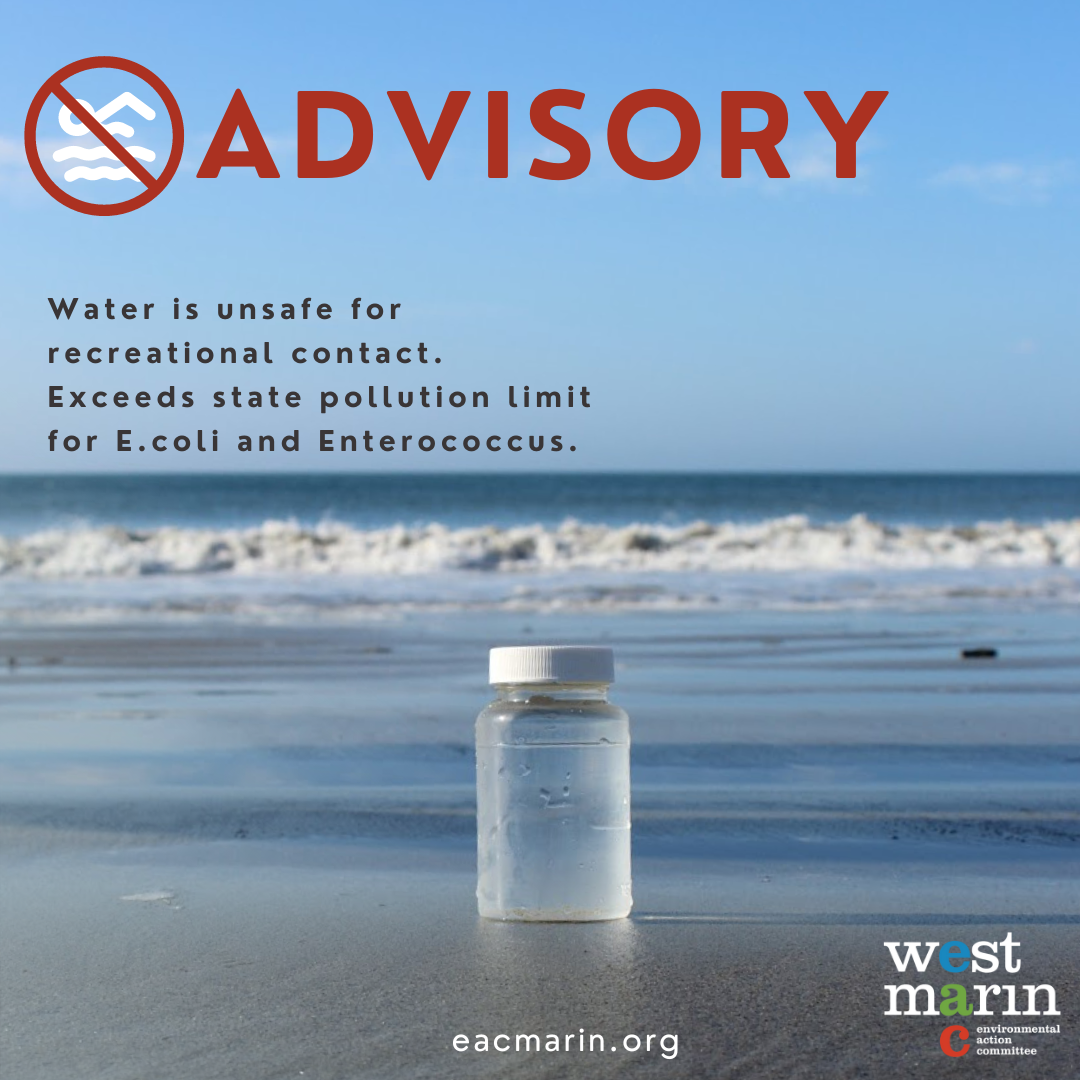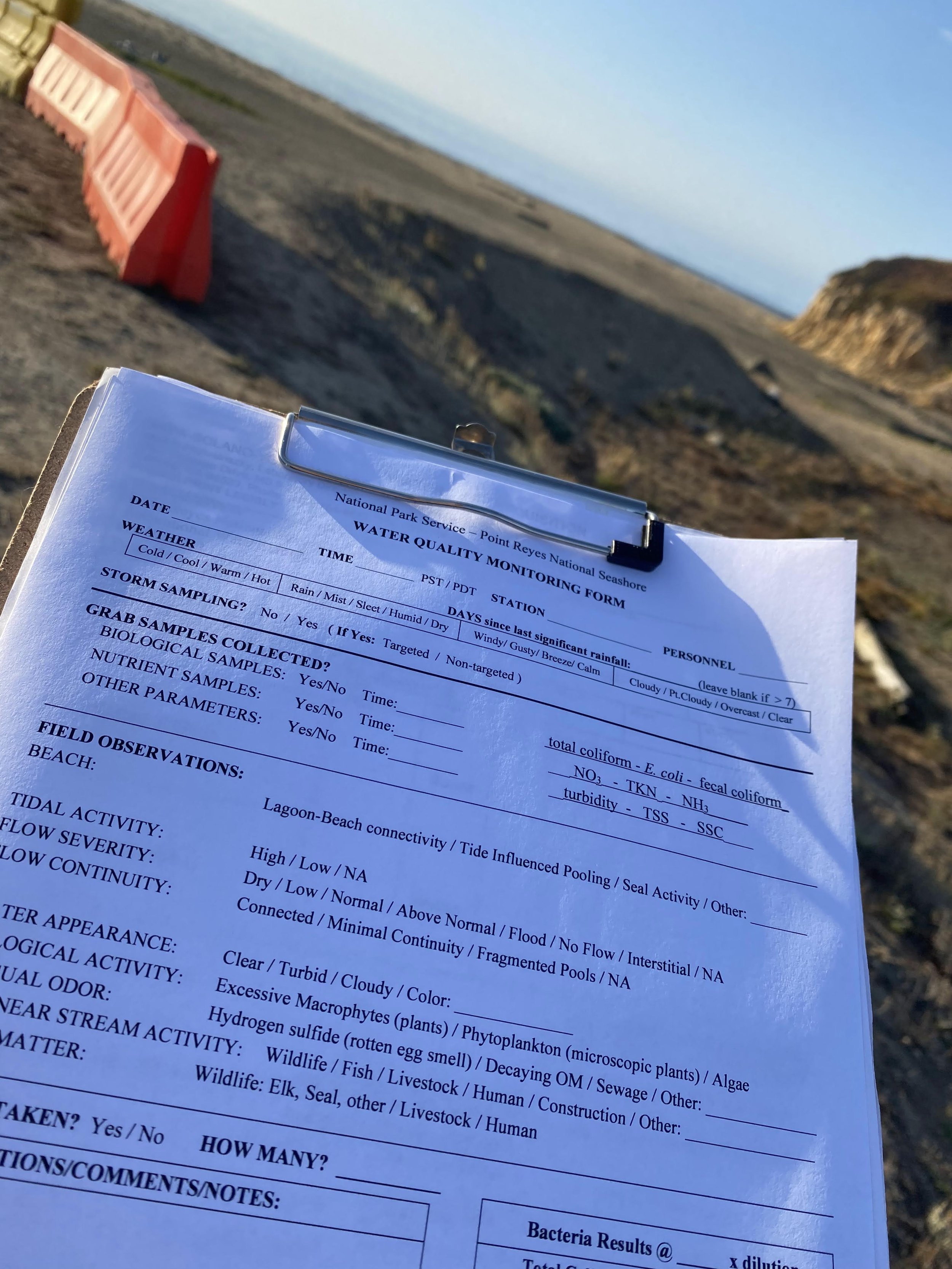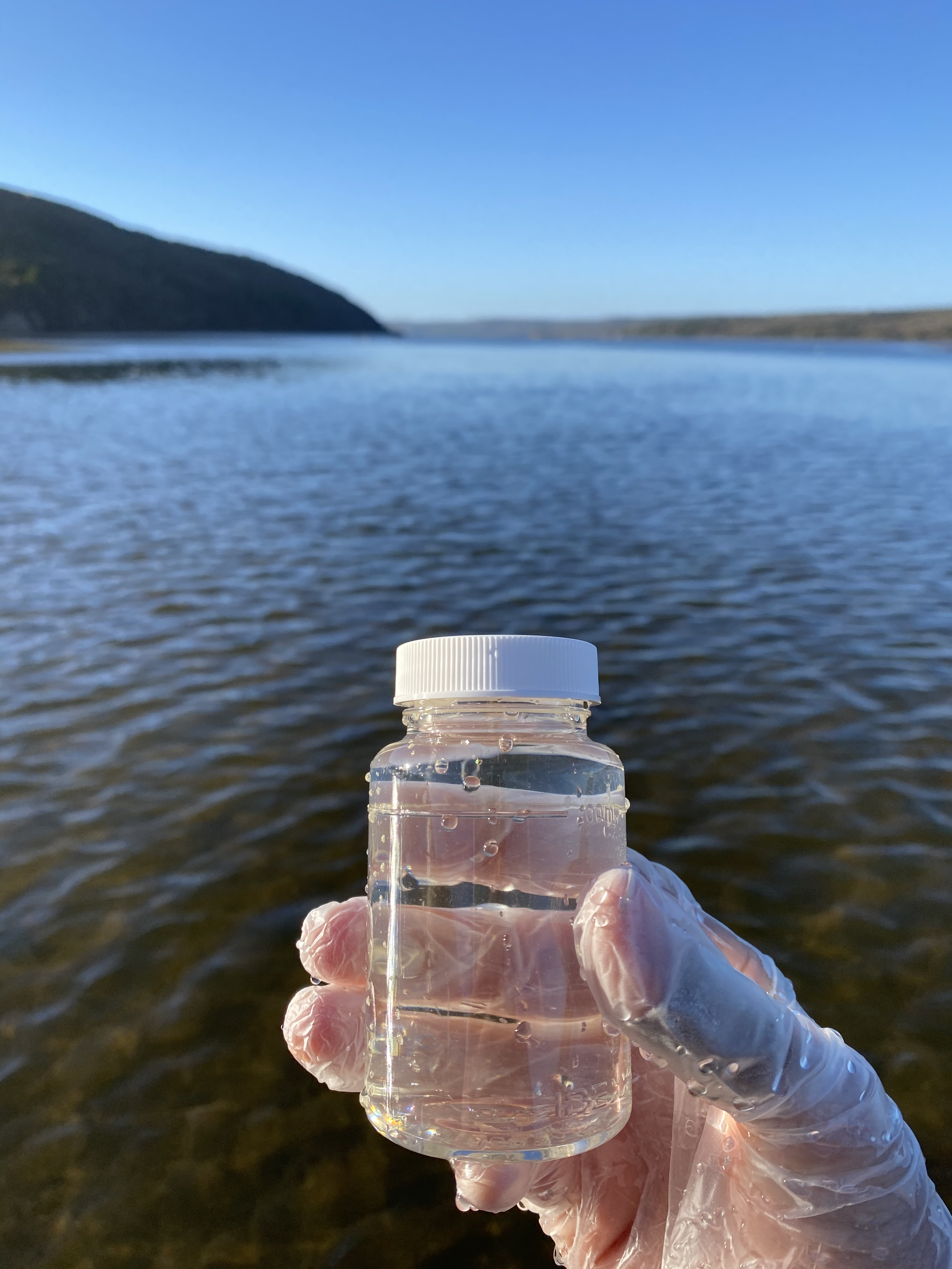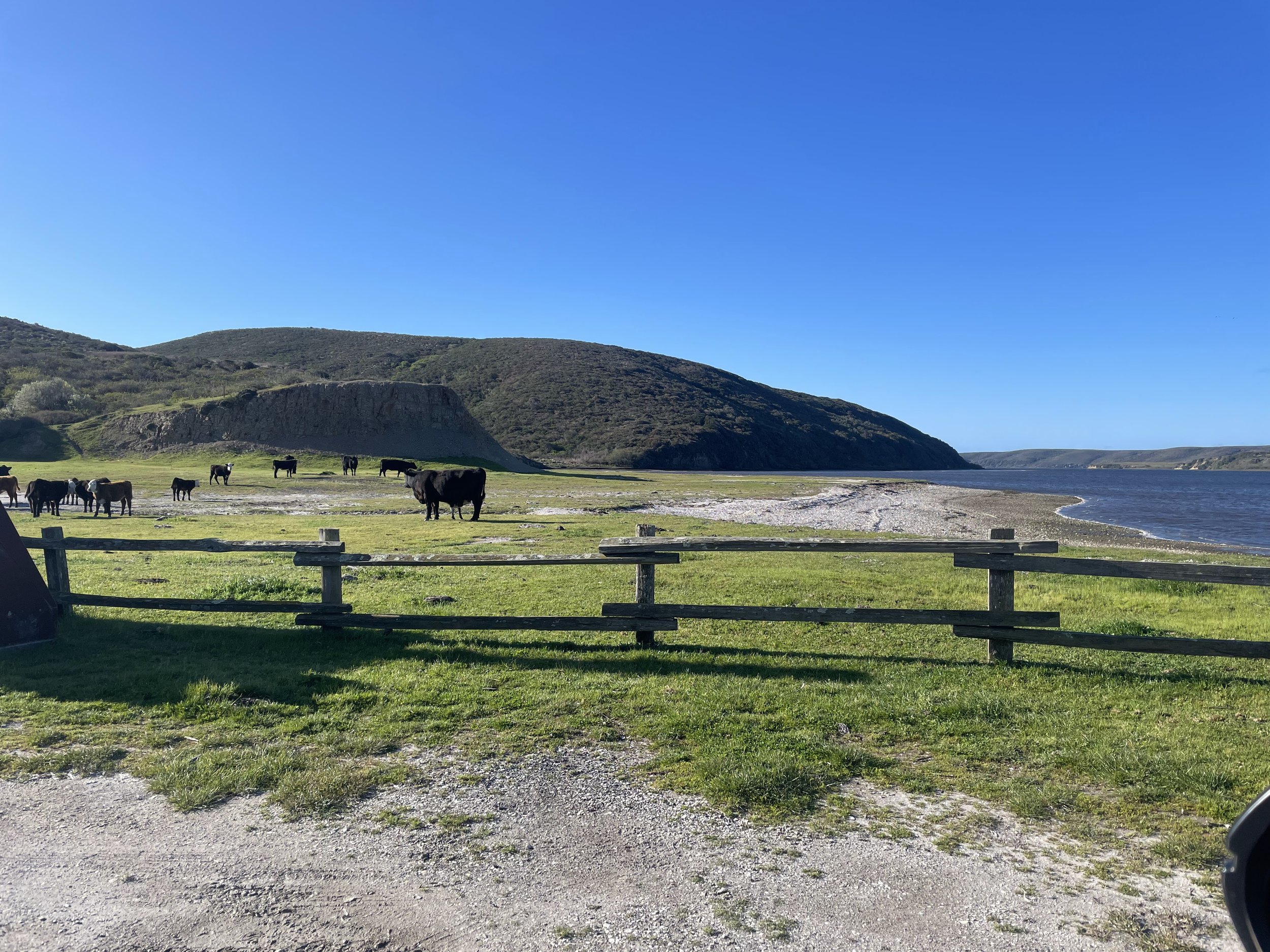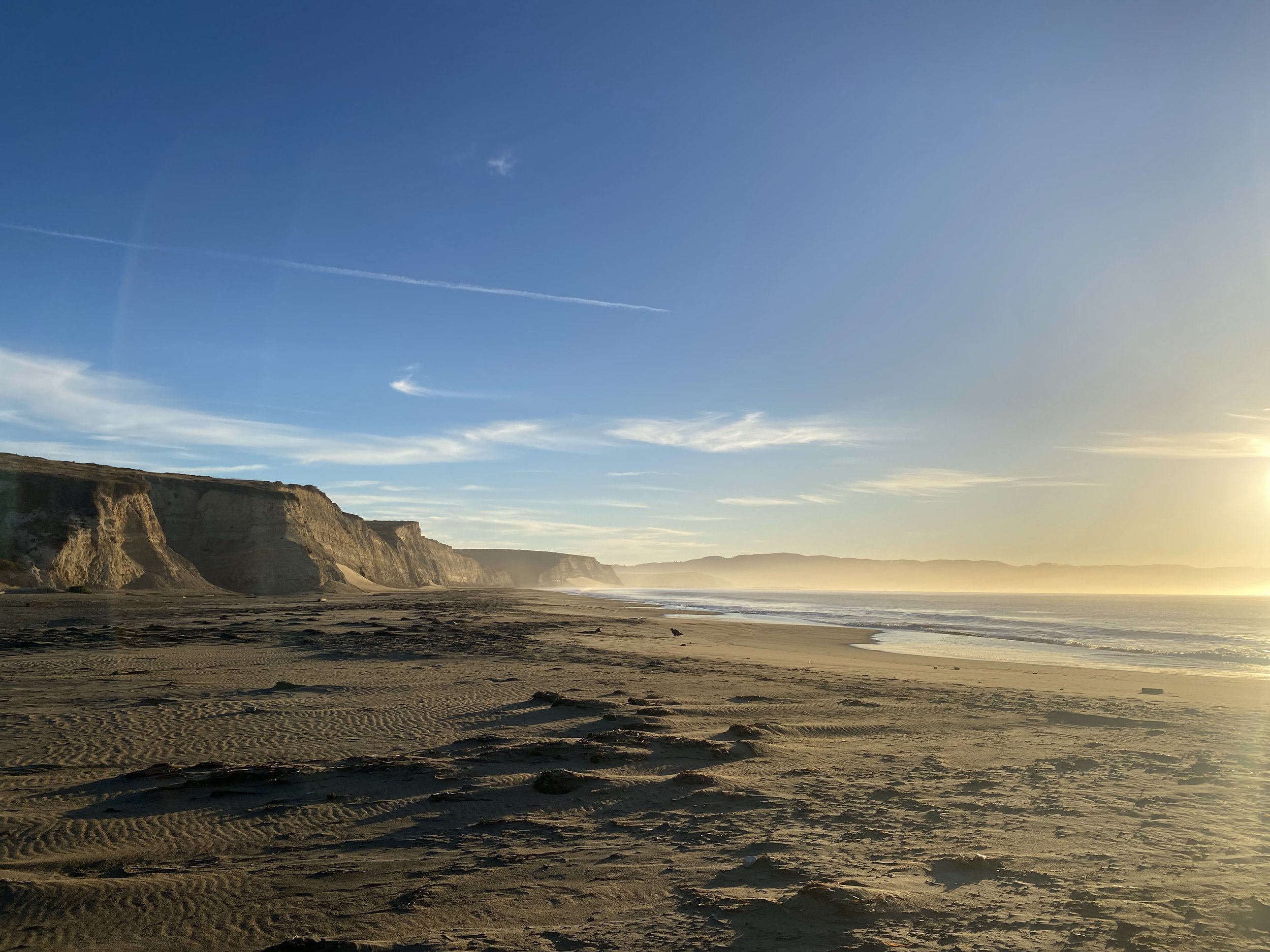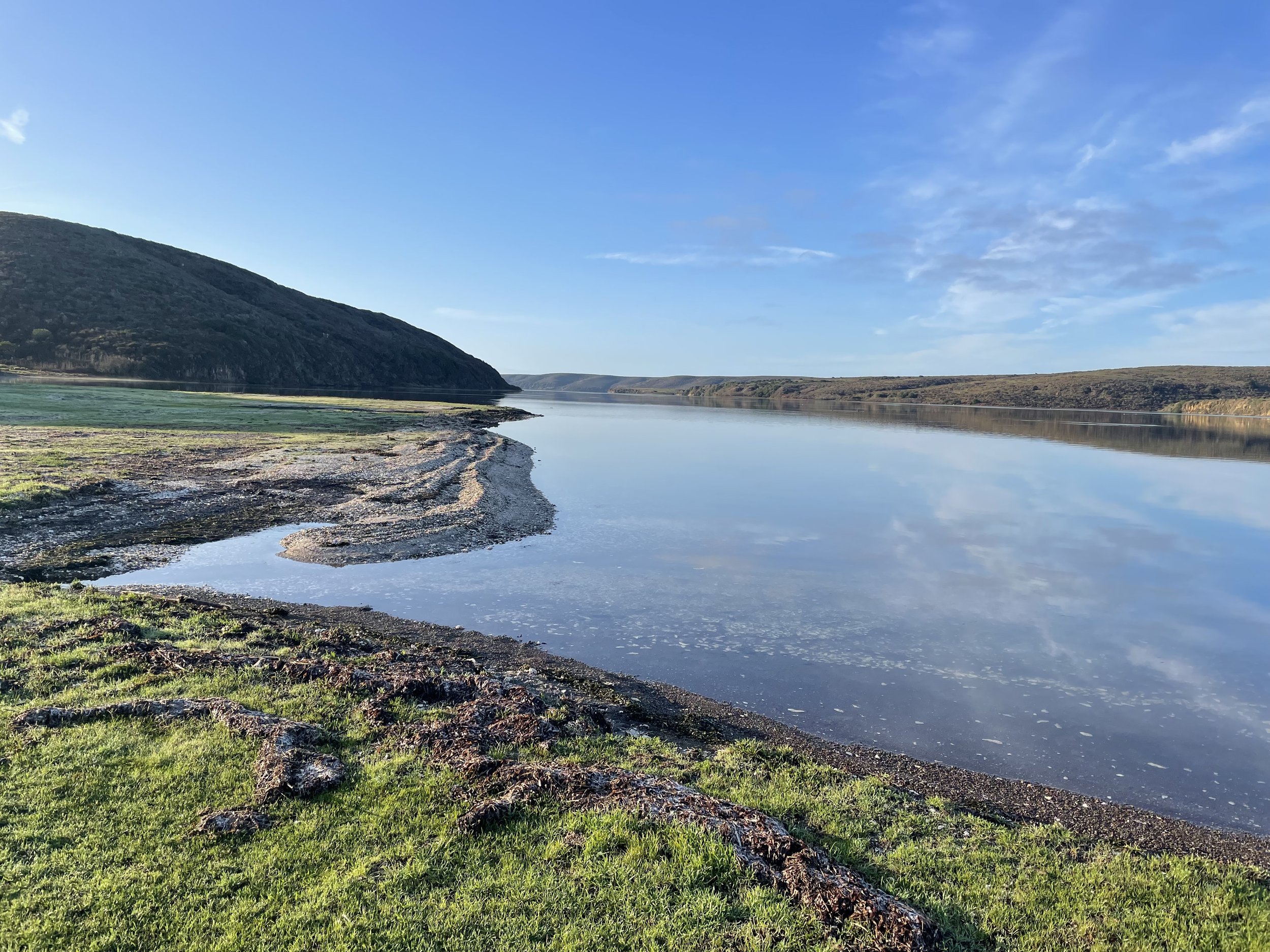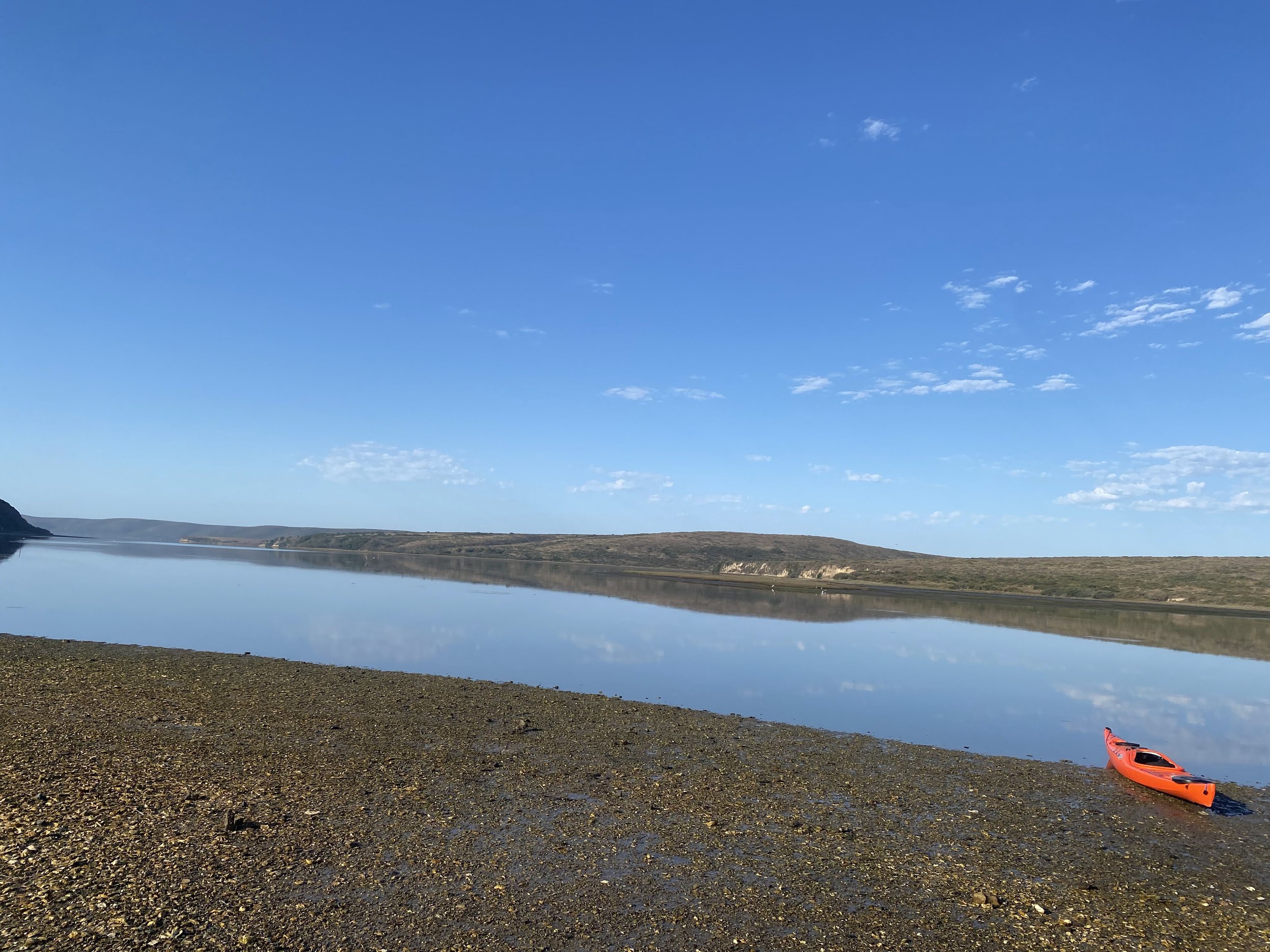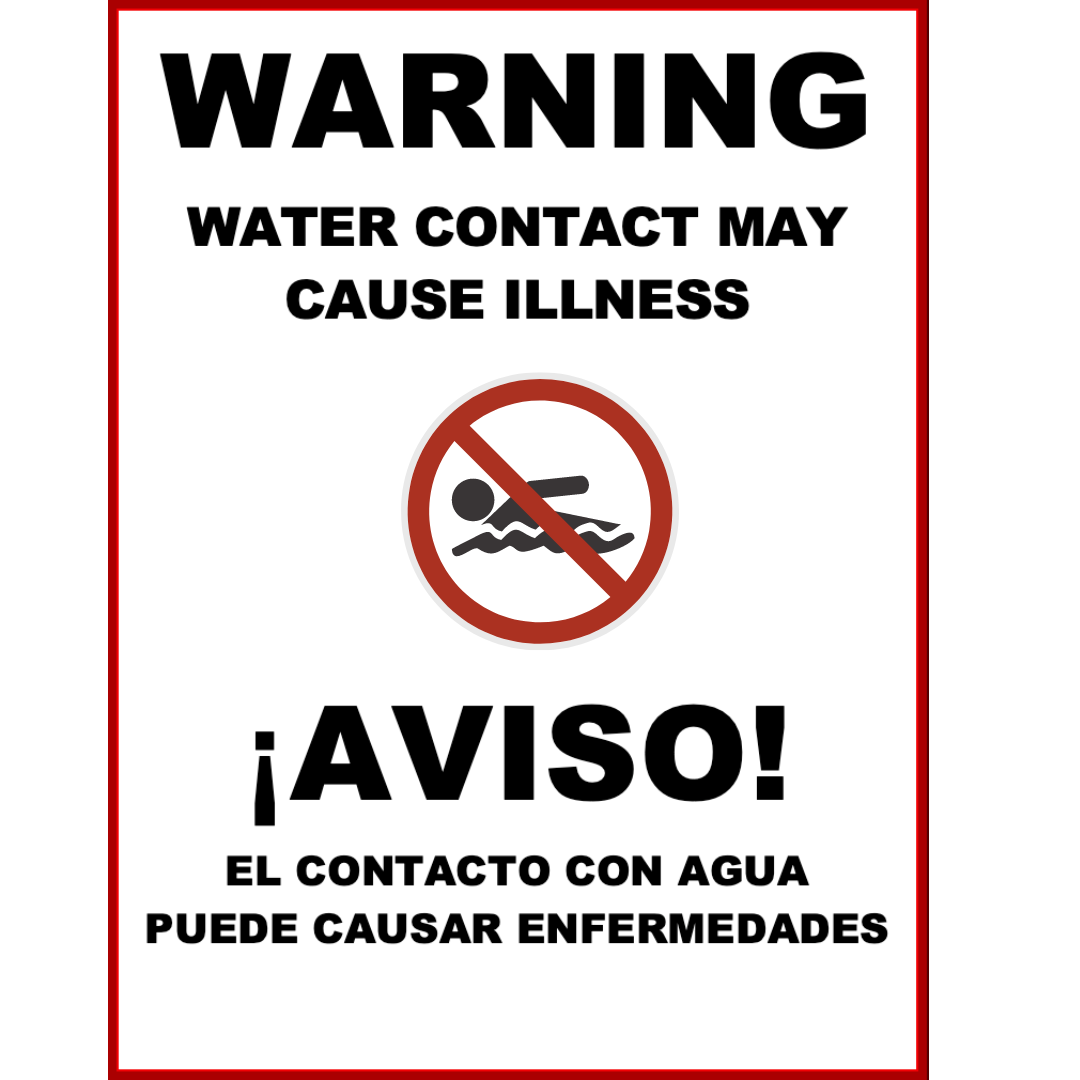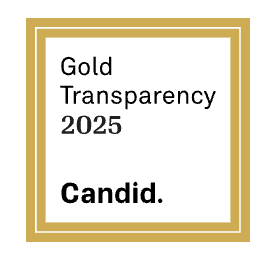We care about safeguarding our coast and ocean and ensuring resilient watersheds.
This issue came to our attention in 2017, when the Seashore opened a public process to update its General Management Plan (GMP) to take a hard look at the potential for ranching operations to continue operating in the Seashore. If those operations were slated to continue, then the Seashore would need to update management practices and regulatory standards for operators if they desired to maintain beef and dairy ranching in the Seashore.
While the Tomales Bay watershed is managed and monitored as an impaired water body for pathogens and mercury that requires continued monitoring and water quality sampling, the water bodies discharging to the Pacific Ocean were not being monitored on the same level. Some ranching operations have been out of compliance with regulatory standards related to water quality, pollution, and protection of coastal resources and sensitive habitat areas. These discoveries fueled public concerns of the lack of transparency and trust, igniting intense public debate on whether the National Park Service is equipped to manage the ranching and dairy operations across 28,000 acres of public lands.
As part of our work in the public process of the GMP, we reviewed regulatory oversight of the California Regional Water Quality Board, Marin County Environmental Health Services, and the California Coastal Commission, and advocated for improving management practices and data collection to create accountability and ensure beneficial uses were being protected. We also discovered the Seashore had previously partnered with the County of Marin Environmental Health Services to conduct recreational water quality sampling at Drakes Estero and Drakes Beach, but that program stopped in 2013 and never restarted.
To fill that gap, we initiated conversations with the County and the Seashore to—at a minimum—restart the beach sampling program in 2020. The Seashore and the County of Marin did not have the funding or volunteers to restart the program. Therefore, EAC stepped in and thanks to the generosity of our member community, we began sampling in late 2020 (after a delay due to the pandemic and Woodward Fire).
We applied this work in our advocacy to protect coastal and freshwater resources at the Coastal Commission GMP approval meetings.
In 2021, the Seashore was required to obtain a Federal Consistency Determination for the implementation of the GMPA from the California Coastal Commission. Essentially, this means that the Coastal Commission would determine that the GMPA is consistent with the enforceable policies of the California Coastal Act.
Throughout the meetings before the California Coastal Commission we advocated for strong water quality standards to be included in the Coastal Commission’s Federal Consistency review to ensure:
the Seashore developed a comprehensive Water Quality Strategy that would need to be approved by the Coastal Commissioners,
publish an annual report of the Strategy that included specific metrics, maps, and information for the Commission and the public to understand what was being implemented, and how that related to the overall strategy to improve water quality.
We are grateful to the California Coastal Commission staff and Commissioner’s for upholding the Coastal Act and requiring the Seashore to develop a robust strategy to monitor and correct water quality issues.
There is more work to be done and consistent monitoring required by the public to ensure that California’s coastal resources and water quality are being protected in the implementation of the GMPA.
The water quality data that is collected is creating a robust dataset that will inform management strategies into the future.

